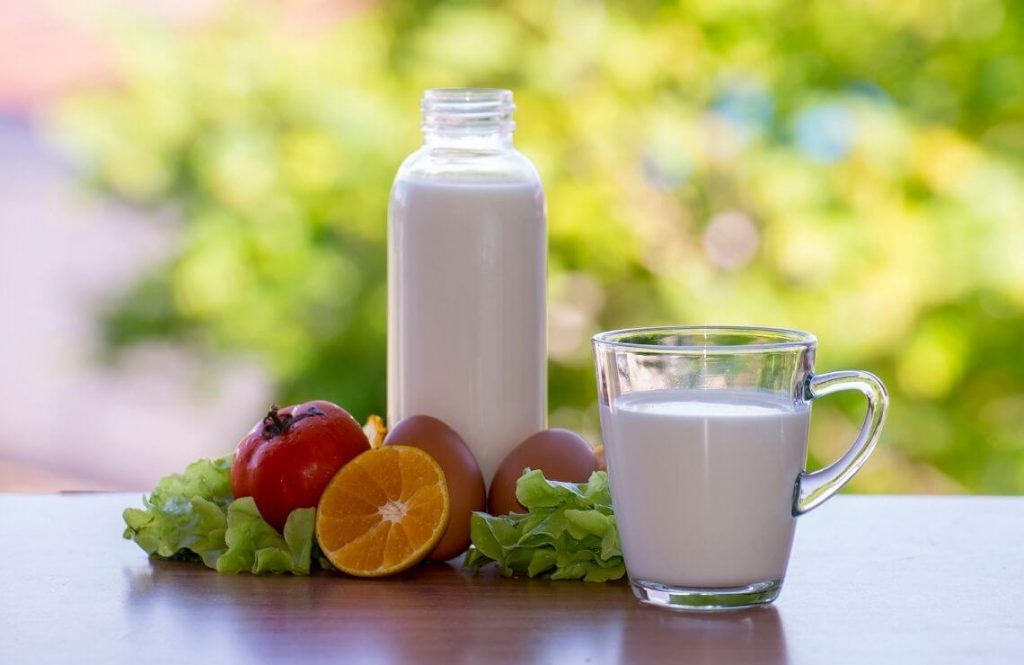As parents, we strive to give our child the best and ensure their safety at all times. But, what we do not know could very well put them right in the path of danger, where we want most to avoid.
For example, we would never ingest harmful chemicals by choice, but in many of our food sources, they exist. This is due to the norms of today’s practices in growing crops and raising livestock. Chemicals are introduced from the onset of these processes, and we inevitably ingest them.
Many studies have found harmful effects of the toxins related to the chemicals used. This is even more alarming for young children as they are most vulnerable, absorbing higher toxins per unit of the chemicals that they are exposed to compared to adults.
Feeding our children right and free of as much toxins as possible ensures healthier growth. In this article, we will learn about the common traces of harmful toxins that are in our food, and the effects on children.
Pesticide Residuals
Pesticides are widely used around the world, and may have detrimental effects on human health. Young children are particularly vulnerable. Recent research suggests that even low levels of pesticide exposure can affect young children’s neurological and behavioural development. Evidence shows a link between pesticides and neonatal reflexes, psychomotor and mental development, and attention-deficit hyperactivity disorder.
Children’s organs are not fully developed until later in life. They continually experience critical periods in development. Hence, any adverse exposures during their growth may cause permanent damage.
Synthetic Growth Hormones
Synthetic growth hormones are administered to livestock in conventional farming. When consumed continuously, even in low concentrations, there may be adverse effect on human health such as disruption in human hormone balance, developmental problems, and interference with reproductive system. Additionally, they may also increase incidence of cancers. (The Organic Center)
Antibiotics Given to Livestock
Antibiotics are commonly given to animals in the conventional animal husbandry process, to promote growth and increase yields. It is found that majority of the antimicrobial agents used in this administration is non-therapeutic. This promotes the development of drug-resistant organisms in animals and humans. What this means is that it could lead to strains of dangerous antibiotic-resistant bacteria that our bodies have no means to fight off.
This affects not only the meat that we eat, but also other foods that are derived from livestock. Milk, for example, will also be affected and contain traces of these antibiotics. Hence, children on formula are also subjected to this risk when consuming non-organic milk.
An Organic Diet Omits These Potentially Harmful Substances
Learning the above, many mothers would naturally ask, what are the safer alternatives? Especially for children who have shown signs of allergies or health issues, all the more a safer alternative diet needs to be looked into.
Dr Wai Ko Ni, a Consultant Paediatrician, shares with us:
“Studies have shown reductions in risks of atopic (allergic) conditions such as eczema, and cognitive/behavioural disorders when children consume organic milk, as well as foods free from toxins.”
Taking heed of this expert advice, we have the choice of offering our children toxin-free food by going organic. It is also helpful to start their early years on organic diets, to ensure proper and healthy growth of their bodily functions, systems and brain development.
What makes organic foods much safer and beneficial? It stems from the strict industry practice of organic farming, where it is heavily regulated by hundreds of strict standards and controls. All the harmful substances shared above are not permitted in organic farming, thus making organic food a much safer alternative.
These worldwide stringent practices in organic farming lend more confidence and peace of mind for mothers to switch to an organic diet. For optimum benefits of getting the best nutrients for children’s growth and development, choose organic—the pure nutrition for your child.
This educational article is supported by HiPP.
Disclaimer: The information provided in this article is for informational purposes only and should not be considered as medical advice from Motherhood. For any health-related concerns, it is advisable to consult with a qualified healthcare professional or medical practitioner.
For more insightful stories and fun recipes, stay tuned to Motherhood Story!
